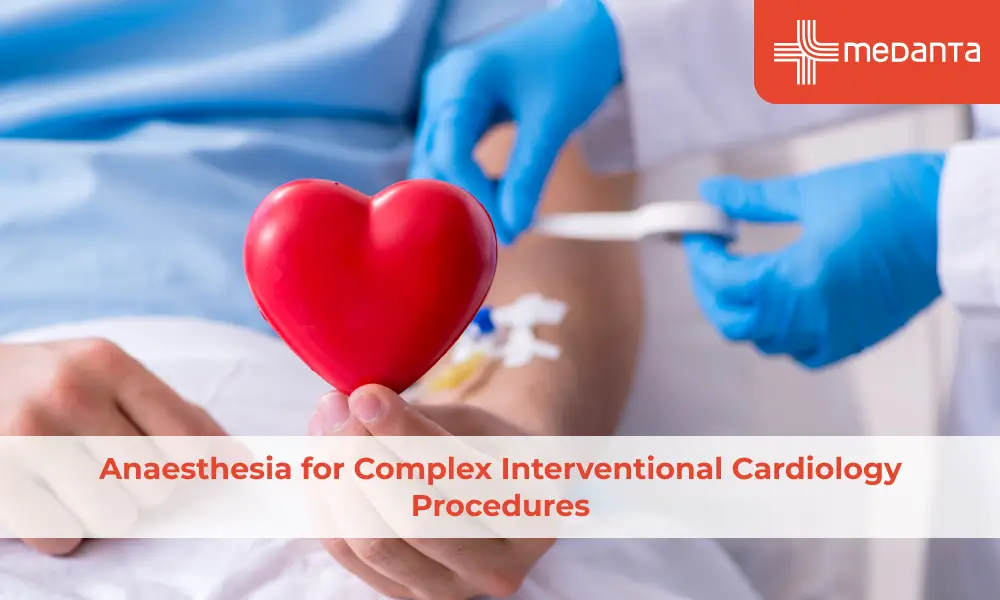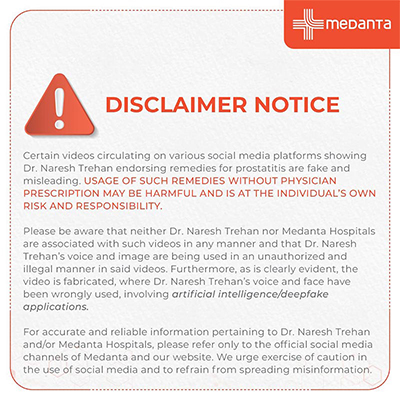Tympanoplasty Surgery: Procedure, Recovery and Benefits

TABLE OF CONTENTS
Chronic suppurative otitis media is one of the most common childhood infectious diseases worldwide, often leading to tympanic membrane perforations. These perforations can cause hearing loss ranging from mild (10-20 dB) to profound (50-70 dB), affecting daily life and communication. However, the tympanoplasty procedure offers a highly effective solution with a higher success rate.
Tympanoplasty surgery has evolved significantly since Wullstein and Zollner introduced it in the 1950s. Today, this surgical procedure includes various techniques and approaches, typically performed under general anaesthesia. The operation can last between 30 minutes to 2 hours, depending on the type of tympanoplasty required and the extent of damage to the eardrum.
This comprehensive guide explores everything patients need to know about tympanoplasty, from preparation and procedure steps to recovery and potential complications. Whether seeking information about surgical techniques or understanding the expected outcomes, this article provides detailed insights into this transformative ear surgery.
Different Tympanoplasty Techniques
Tympanoplasty techniques primarily differ in how the surgeon accesses your middle ear to repair the perforated eardrum. The main approaches include:
Postauricular tympanoplasty: Your surgeon makes a curved incision behind the crease of your outer ear.
Endaural approach: An incision is made above your ear canal.
Transcanal approach: The surgeon reaches your middle ear directly through your ear canal. This approach is typically used for smaller perforations located in the back of your eardrum.
Besides these access approaches, two primary grafting techniques exist: medial grafting (underlay) and lateral grafting (overlay). The medial technique places the graft underneath the fibrous annulus, while the lateral technique places it on top. The medial approach is quicker and easier, with high success rates, while the lateral approach offers better exposure for larger perforations but requires more technical skill.
Pre-surgery preparation
The doctor begins with a comprehensive examination of your ear and hearing functionality. During this initial assessment, they will examine the patient's head and neck and use specialised equipment to closely inspect the middle ear and eardrum. Using instruments like a microscope or otoscope, they'll detect the exact location and size of the eardrum perforation, check whether there's any fluid discharge, and look for signs of inflammation.
The doctor evaluates hearing abilities through tests such as audiometry (which checks your response to different sounds and pitches) and tympanometry (which assesses middle ear function). These evaluations help determine the most appropriate surgical technique for your specific condition.
Before your procedure, additional preparations might be necessary:
The doctor may prescribe antibiotics to reduce infection risk. In some cases, they may need to shave hair around your ear.
Patients will receive detailed pre-surgery instructions, including when to stop eating & drinking before the procedure.
Before surgery, the doctor will also discuss the risks and advantages of the procedure and ask about ongoing medication, including over-the-counter drugs, herbs, and vitamins.
During Tympanoplasty Procedure
The tympanoplasty procedure involves several key steps:
Anaesthesia induction, usually general anaesthesia
Depending on the chosen approach, the surgeon either enters through your ear canal or makes an incision behind or in front of your ear.
The surgeon locates the hole in your eardrum using a microscope or endoscope for precision. Next, they obtain tissue to create a graft—typically a small tissue from the temporalis fascia near the temple or sometimes cartilage from the tragus (the bump in front of your ear).
The surgeon then lifts your eardrum to place the graft material underneath it and positions foam over it to hold the graft in place while healing. Over time, the eardrum grows new tissue, using the graft as a foundation.
The whole procedure typically takes between 30 minutes and 2 hours, depending on the repairs' complexity.
Post-tympanoplasty Care
Immediately after surgery, most patients can go home, though some may stay overnight for observation.
Patients might experience dizziness for several days following the procedure and ear pain for about a week. Some bloody fluid drainage from the ear canal and incision site is normal. Patients might experience blocked or stuffy ears, and their hearing may temporarily worsen until the eardrum heals and any packing dissolves.
For proper healing, it's crucial to keep the ear completely dry. The surgeon will place packing material in the ear canal that will dissolve within 1-2 weeks. During recovery, the patient will need to avoid activities that create pressure in the ear, such as blowing their noses, flying in aeroplanes, swimming, or playing contact sports.
Most people can return to work or regular routines within 1-2 weeks, though complete healing of the eardrum may take 2-3 months.
Benefits
The primary goal of tympanoplasty is to restore the integrity of the tympanic membrane. This restorative procedure provides multiple benefits for patients:
Hearing improvement
Reduces the chance of hearing loss and long-term problems with chronic infections
Prevents recurrent ear discharge (otorrhoea)
Prevention of recurrent ear infections
Significant hearing improvement
Protection of middle ear structures
Reduced risk of cholesteatoma formation
Improved quality of life through better hearing
Risks and Complications
Although tympanoplasty complications are relatively rare, patients should be aware of potential risks. The most common complications include:
Bleeding or infection at the surgical site
Temporary or permanent hearing loss
Tinnitus (ringing in the ear)
Altered taste sensation (reported as metallic taste by some patients)
Dizziness or vertigo
Facial weakness or asymmetry
Cholesteatoma (skin getting trapped in the ear)
Persistent ear drainage
Graft displacement or failure
Revision surgery requirement
Development of another hole during surgery
Worsening hearing
Recovery and Outlook
Recovering from a tympanoplasty requires patience as your eardrum gradually heals and your hearing improves. Patients often wonder about pain levels and how long they'll need to adjust their daily activities. The recovery journey varies from person to person, yet understanding what to expect can help make the process smoother and less stressful.
The recovery timeline for tympanoplasty occurs in stages. Initially, most patients need about 10-14 days for basic recovery, though complete healing of the eardrum takes considerably longer. Although pain and fever typically subside within a week, hearing improvement develops gradually as your eardrum heals completely—a process that commonly takes two months or longer. For children, the recovery period is often shorter, with many returning to school after 3-5 days if they eat and sleep well with controlled pain.
Throughout the recovery, patients will notice progressive improvements:
First 24-48 hours - Patients may experience nausea, vomiting, and dizziness
Days 3-5 - Mild to moderate pain, low-grade fever, and clear or pinkish drainage from the ear are common
First 2 weeks - General recovery period with gradually decreasing symptoms
Weeks 2-8 - Continued healing with improving hearing
8-12 weeks - Final healing stage when the doctor will test the hearing
For optimal recovery, patients must follow specific instructions. Keep the ear completely dry by placing a cotton ball soaked with Vaseline in it when showering. Avoid blowing the nose for at least three weeks, and if you need to sneeze, keep your mouth open to prevent pressure buildup. Full recovery requires avoiding certain activities that could disrupt healing, including swimming and water sports (for two months), heavy lifting (for two weeks), and playing wind instruments.
Is tympanoplasty surgery painful?
Tympanoplasty itself isn't typically painful as it's performed under general anaesthesia. Afterwards, most patients experience mild to moderate pain in the ear or at the incision site for about 3 to 5 days. Fortunately, this discomfort is usually manageable with over-the-counter pain medications for most individuals.
Beyond pain, patients might experience several temporary sensations during recovery:
Ear pressure and stuffiness - Your ear will likely feel blocked due to packing material
Taste changes - Some patients notice a metallic taste on one side of the tongue
Tinnitus - Ringing or buzzing sounds may persist for 1-2 months
Ear numbness - Reduced sensation around the ear may last up to six months
Jaw discomfort - Soreness or stiffness typically resolves within 1-2 months
Despite these considerations, most patients find tympanoplasty recovery quite manageable. Following your doctor's post-operative instructions carefully helps ensure the best possible outcome from your procedure.
When To Call the Doctor
Prompt medical attention plays a crucial role in addressing potential complications after a tympanoplasty procedure. Even with proper post-operative care, certain symptoms might indicate problems requiring professional evaluation. Recognising these warning signs early helps prevent more serious complications and ensures optimal healing.
Follow-up care forms an essential part of your tympanoplasty treatment journey. Most patients should see their doctor approximately two weeks after surgery to examine the healing eardrum. The doctor might also schedule follow-up hearing tests to evaluate improvements in auditory function.
While most recoveries proceed smoothly, certain symptoms warrant immediate contact with your doctor. Call your doctor immediately if you experience:
Fever exceeding 102 degrees Fahrenheit
Severe ear pain, or pain persisting more than seven days after surgery
Excessive or foul-smelling drainage from the ear
Blood coming from the ear
Swelling or unusual drainage from the incision site
Dizziness lasting longer than one week
Reduced movement of the face or inability to close an eye
These symptoms could indicate potential complications such as infection, displacement of the graft, or damage to facial nerves.
Parents of children who have undergone tympanoplasty should remain particularly vigilant. Beyond the symptoms mentioned above, contact your child's doctor if they complain of significant pain despite taking prescribed pain medication. Similarly, redness in the ear area deserves medical attention as it might signal infection.
Likewise, those with poor overall health, uncontrolled diabetes, or cardiovascular disease may face increased risks during recovery.
Regular post-operative appointments remain vital even without concerning symptoms. These check-ups allow your surgeon to monitor healing progress and address developing issues. Attending all scheduled appointments contributes significantly to successful outcomes.
Certainly, most tympanoplasty patients recover without complications. Remember that early intervention for post-surgical complications typically leads to better outcomes and faster resolution of symptoms.
Conclusion
Tympanoplasty is a reliable surgical solution for patients with perforated eardrums, offering higher success rates when performed by experienced surgeons. Though recovery requires patience and careful adherence to post-procedure instructions, most patients experience significant improvements in their hearing and quality of life.
The procedure's effectiveness depends largely on proper patient selection and following medical guidance throughout the recovery period. While complications remain relatively rare, patients should stay alert to warning signs and maintain regular communication with their doctors during the healing process.
Medical advances have made tympanoplasty safer and more effective than ever before. The surgery repairs damaged eardrums, prevents recurring infections, and protects delicate middle ear structures. Certainly, successful outcomes depend on choosing qualified surgeons and following post-operative care instructions carefully.
The journey from diagnosis through recovery might seem challenging, but the long-term benefits of restored hearing and improved ear health make tympanoplasty a worthwhile investment in patient well-being. Regular follow-up appointments and proper care ensure the best possible outcomes for this transformative procedure.
FAQs
How long does it take to recover from tympanoplasty surgery?
The initial recovery period typically lasts 10-14 days, but complete eardrum healing can take 2-3 months. Most patients can return to work or regular physical activities within 1-2 weeks, but full hearing improvement may develop gradually over several months.
What are the main benefits of undergoing tympanoplasty?
Tympanoplasty offers several benefits, including restoration of eardrum integrity, prevention of recurrent ear infections, significant hearing improvement, and protection of middle ear structures. Most patients experience a noticeable improvement in their hearing function post-operatively.
Is tympanoplasty considered a major surgery?
Tympanoplasty is considered major surgery as it is typically performed under general anaesthesia. However, most patients can return home the same day, though some may need to stay overnight for monitoring.
What are the potential risks or complications of tympanoplasty?
While complications are relatively rare, potential risks include graft failure, temporary or permanent hearing loss, tinnitus, altered taste sensation, dizziness, and infection at the surgical site.






